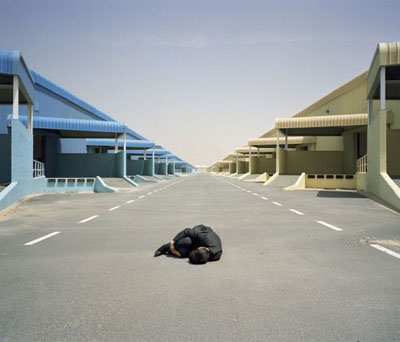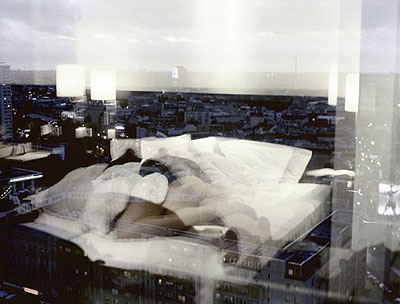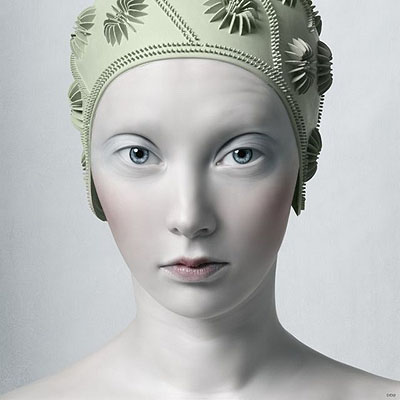
© Carey Young. Cortesia de l'artista i de Paula Cooper Gallery, Nova York
ATOPIA
Art and City in the 21st Century
AES+F » anothermountainman » Alexander Apóstol » Vanessa Beecroft » Sergio Belinchón » Hicham Benohoud » Daniel Canogar » James Casebere » Nuno Cera » Loulou Cherinet » Philip-Lorca diCorcia » Oleg Dou » Carlos Garaicoa » Dionisio González » Douglas Gordon » Andreas Gursky » José Antonio Hernändez-Diez » Carlos Irijalba » David LaChapelle » Rafael Lozano-Hemmer » Enrique Marty » Emeka Okereke » Erwin Olaf » George Osodi » Adrian Paci » Evan Penny » Thomas Ruff » Montserrat Soto » Erwin Wurm » Carey Young »
Exhibition: 25 Feb – 24 May 2010
CCCB Centre de Cultura Contemporània
c/ Montalegre, 5
08001 Barcelona
+34 (0)93-3064100
Tue-Sat 11-20 . Sun 11-15

©Anothermountainman (Stanley Wong) 10 Chancery Lane Gallery
Atopia. Art and City in the 21st Century The exhibition explores a kind of unease-the awkwardness that exists between the city and the individual. The tension between a city that becomes individual (taking on a life of its own, over and above nations, countries or states) and an individual it treats like an object. Between them, the two form a kind of atopia. We know that utopias did not exist, but they did offer paradises elsewhere, away from the danger of the world’s present. Atopia is the feeling of unease experienced by the individual faced with a city that does exist, but which in no case represents the paradise dreamt-of or promised, for the simple reason that the monster that is now the city has taken on a life of its own. The exhibition "Atopia" is not one of the recent projects to be based on the social phenomenon, nor is it one of the increasing number of projects to denounce issues such as urban speculation or gentrification in cities. It focuses instead on a more universal and also more palpable agony: that of the individual who survives and what might be termed his existential resistance to the urban apotheosis. Without prior judgment or prejudice, and always by means of artistic discourses, "Atopia" explores the city that is relinquishing its former functions-the functions of modern life-and starting to be something else. A kind of Moby Dick that breaks away from past representations and belonging to situate itself in a subsequent dimension. The city as a space of congregation and work has given way to the city as a place of atomization and leisure (or unemployment); the space which until very recently functioned as a fantasy of encounter and realization is being transformed before our eyes into a place of loss and failure; the concrete city-Paris, Rome, Berlin, Chicago-is losing its sharp outline and giving way to the abstract city. At the same time, Utopian cities-those of More and Erasmus, Bacon and Campanella-no longer serve as a basis for the urbanization of the global city, because the latter has set itself up beyond the horizon of the things we dream of, where it floats like a freestanding platform, tracing the drift of its own wreckage.

Cortesia Galeria Pedro Cera, Lisboa

Cortesia Aidan Gallery